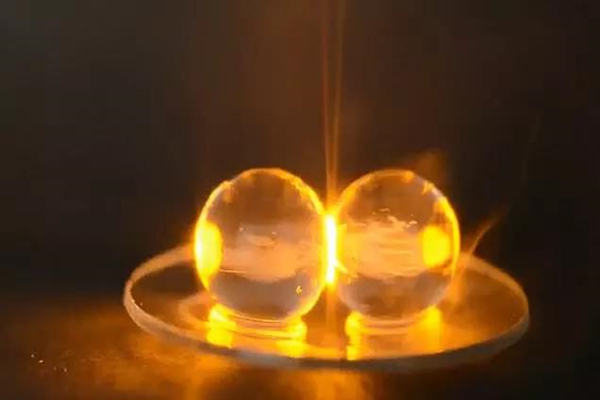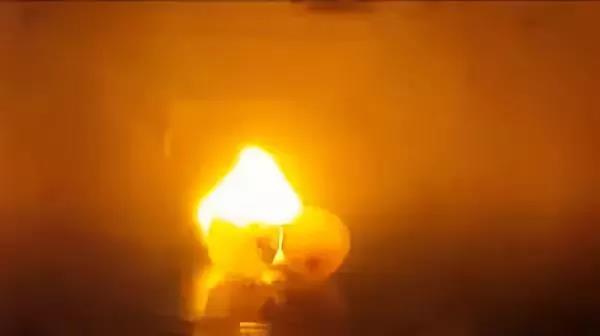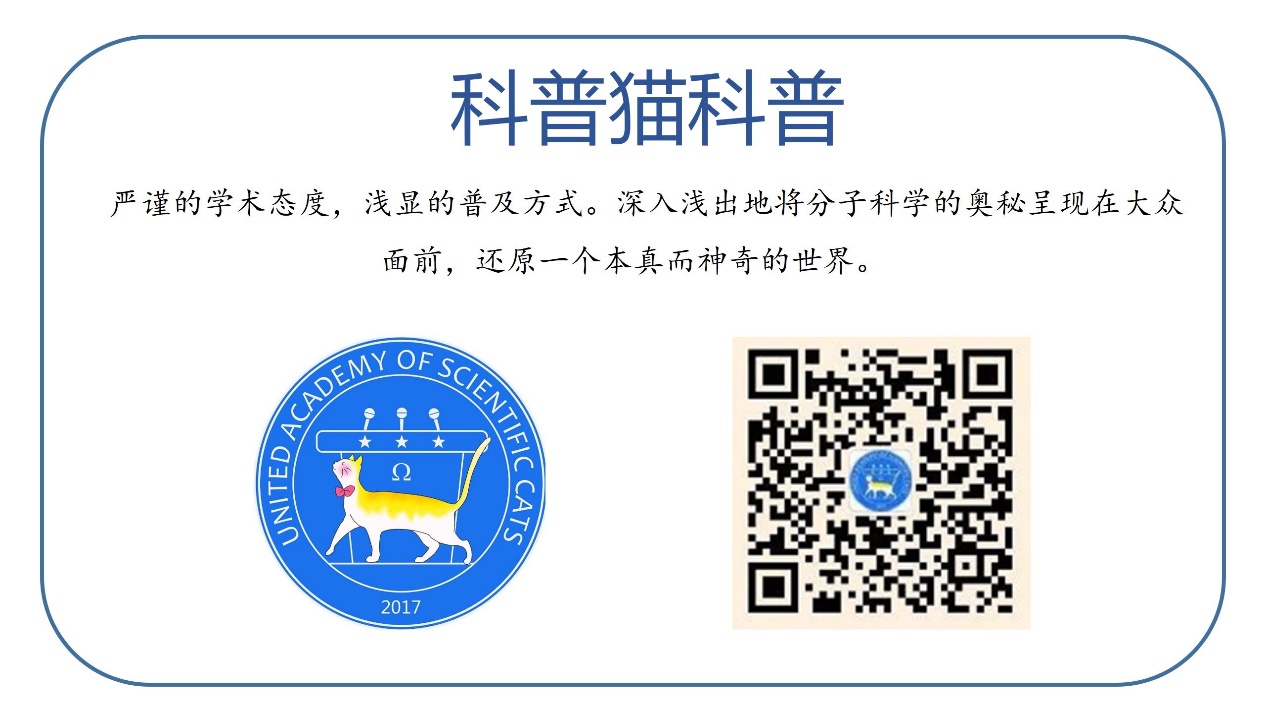虽然不是所有的金属放进微波炉都有危险,但葡萄却能在微波炉里爆炸。如果你把一颗葡萄近似对半剖开并用微波炉加热,几秒钟内葡萄就能烧起来,两瓣葡萄就可能毁了微波炉。

Oooh, pretty
噢,漂亮
Hamza K. Khattak, Pablo Bianucci, and Aaron D. Slepkov
By Ruby Prosser Scully
An internet parlour trick involves slicing a grape almost in half and throwing it in a microwave, igniting a plasma to create a fiery show.
网上的一个戏法就是把一颗葡萄切成两半,然后把它扔进微波炉里,通过点燃一种等离子体来制造一场火光四射的表演。

Plasmas are formed when a gas is heated and ionised, releasing electrons. Previous explanations for the grape trick suggested that the little piece of skin left holding the two grape halves worked as an electron conductor to get things going – but it turns out that is wrong.
等离子体是由气体被加热和电离子化,释放出电子而形成的。先前对这一“葡萄戏法”的解释是,葡萄果皮上剩下的那一小块用来连接两半葡萄的果皮起到了电子导体的作用 -但事实证明这种说法是错误的。
Aaron Slepkova at Trent University in Ontario, Canada and his colleagues decided to study the phenomenon using thermal imaging and computer simulations. They found that the grapes were actually trapping the microwaves inside them, which led to them heating up.
加拿大安大略省特伦特大学的Aaron Slepkova及其同事决定使用热成像和计算机模拟来研究这一现象。他们发现葡萄实际上是在吸收里面的微波,从而导致它们升温。
The team used thermal imaging to look at whole grapes sitting separately, and found the energy was focused in hot spots at their centres. This suggests microwaves were being trapped inside a ‘cavity’ in the grape.
研究小组使用热成像技术对单独放置的整颗葡萄进行观察,发现能量集中在葡萄中心的热点区域。这表明微波被困在葡萄的一个“空腔”中。
“If you take two of these grapes and bring them close to each other, what happens is you don’t have an independent system anymore, but you do have a system where those two – we call them cavities – talk to each other,” says Thomas Volz of Macquarie University, Sydney, who was not involved the research.
“如果你拿两颗葡萄,让它们彼此靠近,那么你将不再拥有一个独立的系统,但你确实又有一个系统,在这个系统里,这两个 -我们称它们为空洞 – 彼此交流,”悉尼麦考瑞大学的托马斯沃尔兹说,他没有参与这项研究。
Volz says that when the grapes are touching, they can exchange energy. These hot spots begin to build up between the two grapes and the microwaves interfere with each other to form a much hotter and more energy-dense spot than they would form independently.
沃尔兹说,当葡萄接触时,它们可以交换能量。这些热点开始在两颗葡萄之间形成,微波相互干扰,形成了一个比它们单独时更热、能量更密集的斑点。
Placing them next to each other focuses the energy into a very small spot, which is enough to ionise sodium and potassium within the grapes and ignite the plasma.
把它们放在一起可以将能量集中到一个非常小的点上,这个点足以电离葡萄中的钠和钾,并点燃等离子体。

This find could have applications beyond grapes, such as in the design of an omnidirectional microwave antennae. Understanding how to focus the energy of the incoming waves could help detect weaker signals.
这一发现不仅适用于葡萄,还可以应用于全方位微波天线的设计。了解如何聚焦入射波的能量有助于探测较弱的信号。
Watching what microwaves do in structures such as this could also help researchers understand what light, which is much more difficult to observe, might do by analogy, Volz says.
沃尔兹说,观察微波在这种结构中所起的作用,也可以帮助研究人员通过类比来理解光的作用。
(责任编辑:周姚)
(版权说明,转载自:微信公众号:科学猫科普)

